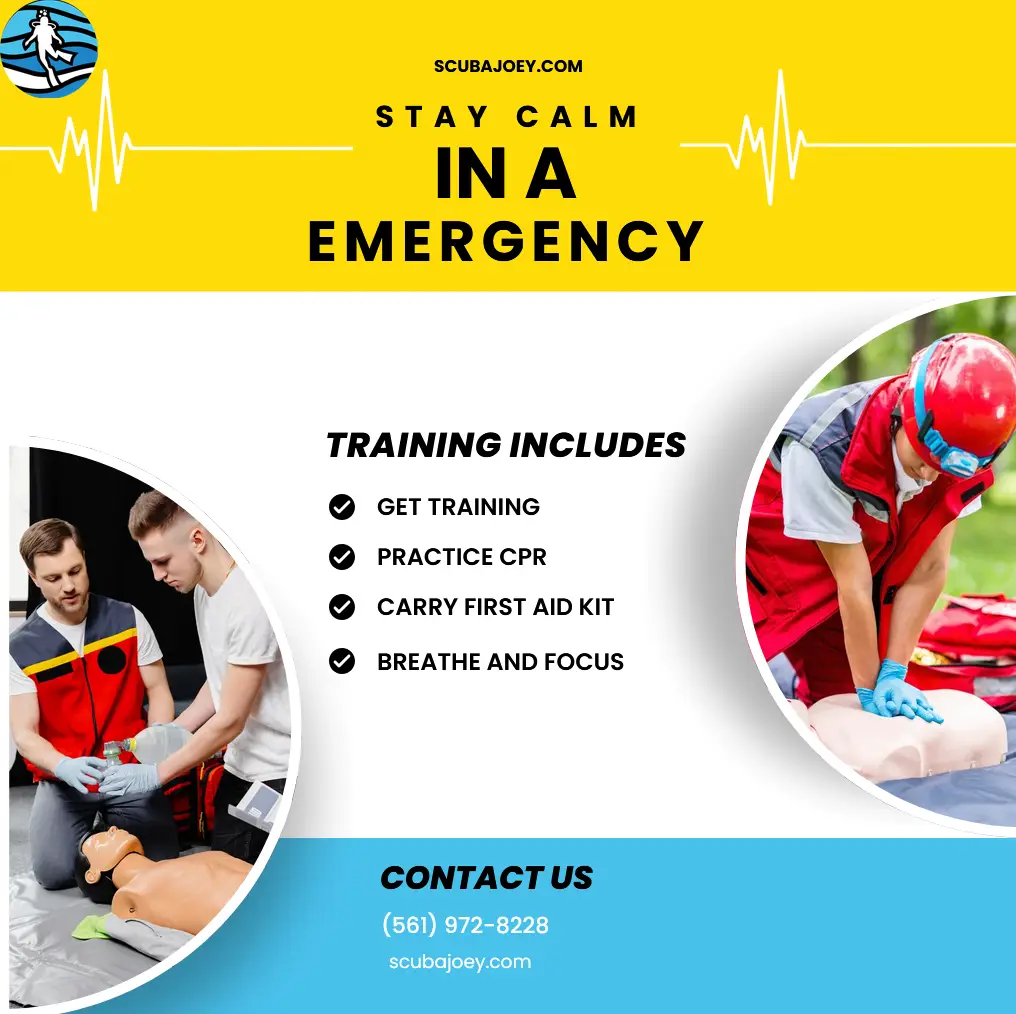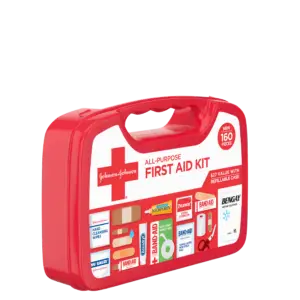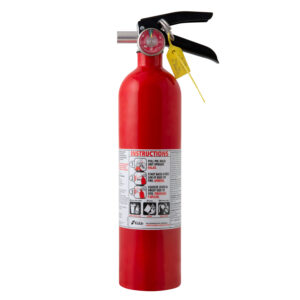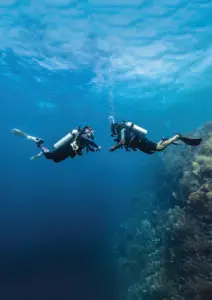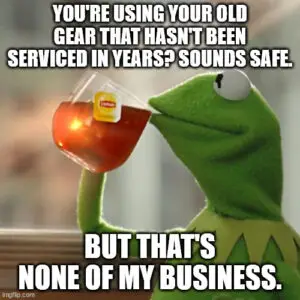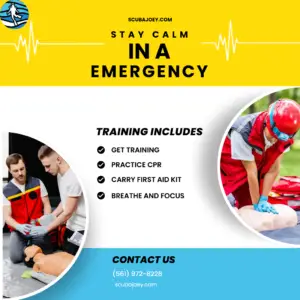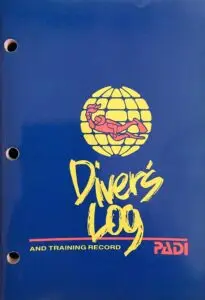The Psychology of Emergency Response: Why Training Helps You Stay Calm Under Pressure
Imagine this: You’re 60 feet underwater, and something goes wrong. Your buddy signals a low-air emergency. Your heart races, your breathing quickens, and that familiar wave of panic starts to rise. This is the moment every diver dreads. The big question is, will you stay calm, think clearly, and take action? Or will panic take over?
The difference often comes down to one thing: training. Knowing exactly what to do in an emergency can mean the difference between chaos and calm—and it’s not just about diving. Emergencies can happen anywhere, anytime, and being prepared is the key to staying in control.
In this post, we’ll explore why people panic in emergencies, how training rewires your brain to respond better, and how preparation—like keeping a first aid kit handy—can make all the difference when things go sideways. Let’s dive in.
Why Do People Panic in Emergencies?
When an emergency happens, your brain flips into survival mode. Your amygdala, the part of your brain responsible for processing fear, triggers the fight, flight, or freeze response. Your heart starts pounding, your breathing becomes shallow, and logical thinking feels almost impossible.
The problem is, most people panic because they’re not sure what to do. Without a clear plan or prior experience, the brain defaults to survival instincts. While those instincts are great for escaping a bear in the wild, they’re not always helpful in other emergencies.
This is where training comes in. With the right preparation, you can help your brain override the panic response and instead take clear, decisive action.
How Training Helps You Stay Calm
When you practice emergency scenarios, you’re essentially rewiring your brain. Repetition creates muscle memory, so when the pressure is on, your body knows exactly what to do—even if your brain feels overwhelmed.
Here’s how training works:
- Muscle Memory: Repeatedly practicing CPR or using an AED builds physical habits, so your hands move without hesitation when the moment comes.
- Scenario Familiarity: Training exposes you to realistic situations, which means fewer surprises when the real thing happens.
- Confidence Boost: Knowing you’ve practiced the skills you need makes you feel more in control, which reduces fear and hesitation.
For example, I once came across a small fire while driving with my daughter. A hedge near a restaurant had caught fire, likely from dumped embers. While others stood and stared, I knew exactly what to do. I asked someone to call 911, grabbed the fire extinguisher from my Jeep, and put out the flames. My daughter thought I was a hero, but honestly, it all came down to preparation. I had the right tools and knew how to use them.
Practical Cases Where Training Matters
Emergencies don’t just happen underwater—they happen everywhere. Here are a few situations where training can make a lifesaving difference:
- CPR for a Stranger: Imagine someone collapses at the grocery store. If you’ve practiced CPR, you’ll know how to check for breathing, perform chest compressions, and use an AED if one is available.
- First Aid for Injuries: From stabilizing a broken bone to stopping severe bleeding with a tourniquet, basic first aid skills can save lives and prevent further injury.
- Choking Incidents: Knowing how to perform abdominal thrusts or back blows can clear an airway in seconds.
Each of these scenarios could happen to anyone, anywhere. With training, you’ll be ready to act when seconds matter.
Top 5 Tools to Stay Prepared
Training is essential, but having the right tools on hand is just as important. Here are five items I always recommend:
First Aid Kits: A good first aid kit is a must for your home, car, or dive bag. Look for kits that include bandages, antiseptic, gloves, and scissors. For divers, a marine-specific kit is even better.
Pocket CPR Masks or Shields: These compact tools make it safe and easy to perform rescue breaths. Many fit on a keychain for ultimate convenience.
Fire Extinguishers: Small, portable extinguishers are perfect for cars, homes, or boats. They’re simple to use and can stop a fire in seconds.
Flashlights and Headlamps: A reliable flashlight or headlamp is invaluable during nighttime emergencies or power outages. Waterproof models are great for divers.
Emergency Apps: Download first aid apps like the Red Cross First Aid app. They provide quick, easy-to-follow instructions during critical moments.
Being prepared with these items ensures you’re ready to handle a variety of emergencies—not just diving-related ones.
(Affiliate Links to Amazon for our favorite items)
Practical Steps to Stay Calm in Emergencies
Even with training, staying calm in the moment takes practice. Here are a few techniques that help:
- Practice Regularly: Review your skills and run through emergency scenarios often to keep them fresh in your mind.
- Visualize Success: Mentally rehearse how you’d handle specific emergencies. Visualization strengthens your ability to stay calm when it matters most.
- Controlled Breathing: Deep, steady breaths reduce stress and keep your brain focused. This is a great trick for divers, too!
- Trust Your Training: When panic starts to creep in, remind yourself that you’ve prepared for this. Training is your safety net—use it.
Conclusion
Emergencies can happen anytime, anywhere. Whether it’s a fire, a medical emergency, or an underwater mishap, staying calm and taking action can save lives. Training gives you the confidence to act, but preparation—like having the right tools—takes it one step further.
The next time you’re faced with an emergency, will you be ready? If you’re looking to build your skills, consider taking an Emergency First Responder class. You’ll learn everything from CPR to first aid and leave feeling empowered to handle whatever life throws your way.

